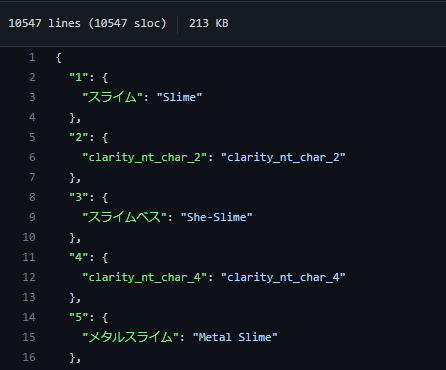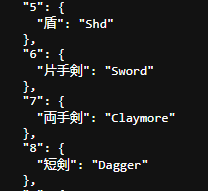
IF you're interested in contributing to the translation efforts, thank you for your consideration! The Clarity team can be found in the Dragon Quest X Worldwide Discord server, linked on both the home page and "Community" tab of this site. Feel free to reach out to us and give us a shout after reading this page if it's something you'd be interested in.
Translating for Clarity

You will need to understand byte limits. A string can only take up so many bytes worth of space in memory, and exceeding that length will break Clarity . Even worse, if that problematic string is pushed to everybody with Clarity, it'll break their Clarity as a result.
However, the general rule of thumb is actually extremely simple. With very few exceptions, most Japanese characters take up 3 bytes per character . Conversely, English characters take up a single byte per character. This means that for many things in Katakana or Hiragana, a direct translation will usually take up 1/3 as much space.
However, not everything will be in kana. In fact, you'll be dealing with a LOT of Kanji. What does this mean? Well, each kanji is a single character, however the kanji can represent an entire word.
Take the following image for example:

Sword, Claymore, and Dagger all fit as
translations of their kanji counterpart.
1 kanji =
3 eng characters, so no problems there.
Shield (盾) is more than 3 characters.
If the kanji for shield consisted of two
characters, it wouldn't be an issue, as we'd have 6
bytes worth of English characters to work with. However,
byte restrictions forced us to improvise.
This is one of many, many, MANY examples where you have to be wary of string byte size, and responsible with substituting explicit translations with appropriate abbreviations. You will run into this a lot.
If you understand the section above, your next step is
to understand the GitHub workflow. This
is relatively painless, and will be explained to you
upon requesting access to the repository for string
editing.
If, at this point you're still interested
in translating strings for Clarity, reach out to
ShobuBlaze in the Dragon Quest X Worldwide
community.